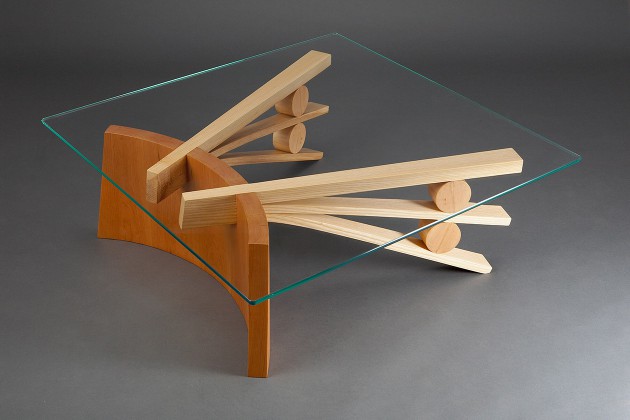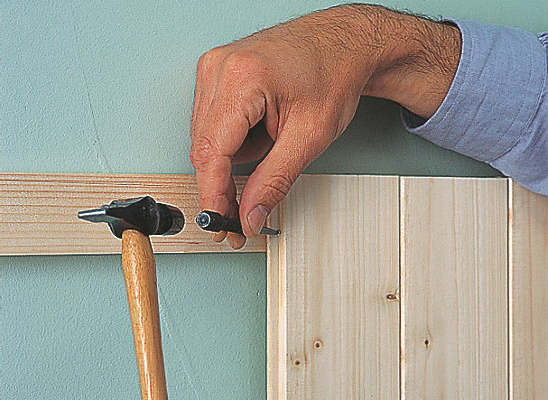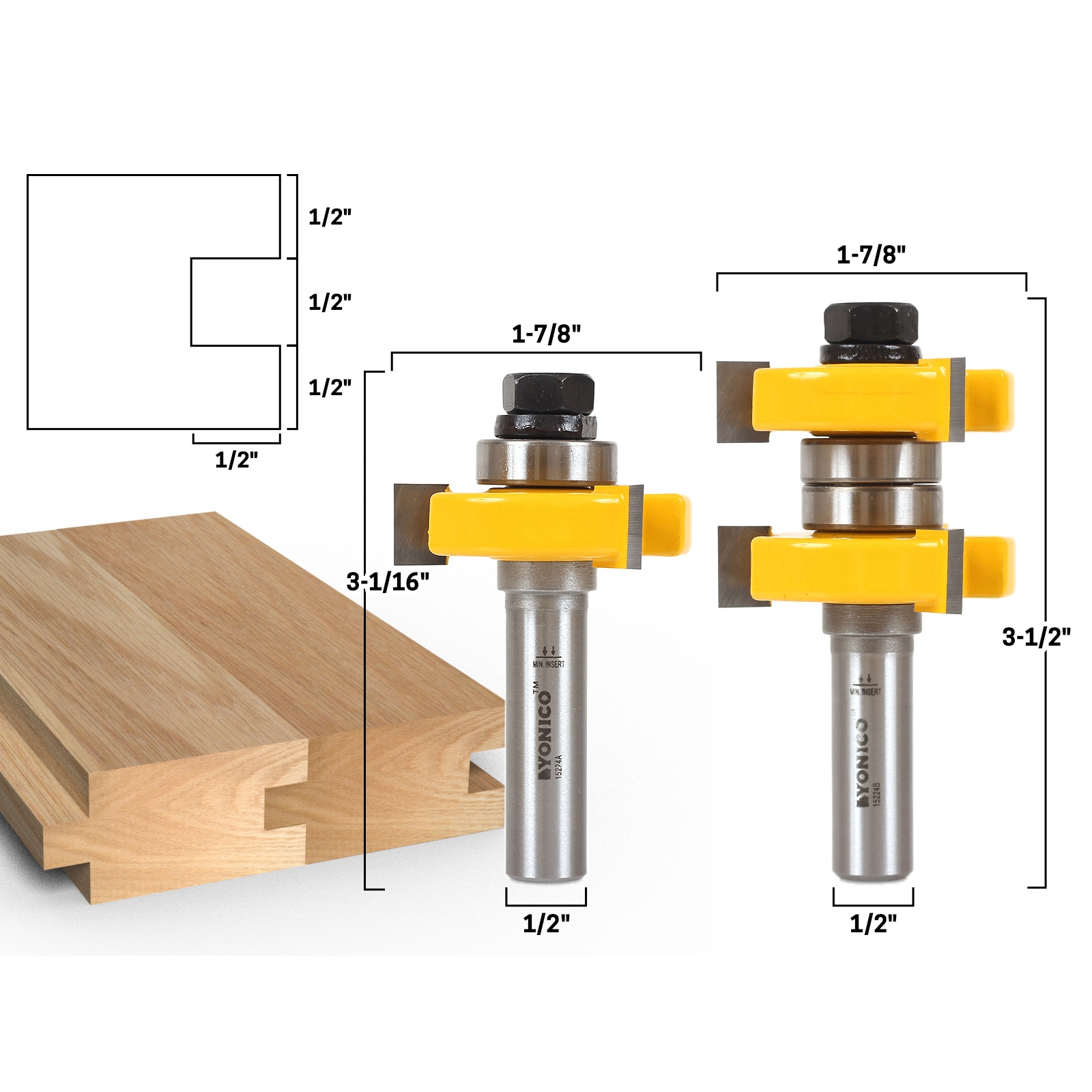How To Create A Slot In Wood

In woodworking a slot is a channel usually made to receive another piece. It is either designed to be a tight fit to hold something together like shelving or T&G flooring, or a sliding fit to permit things to move. A little research on vocabulary will tell us that a dado is a slot cut across the grain of the wood whereas a groove is a slot cut with the grain.
Start by attaching your triangle braces to the back of your facings on all three pieces. These will be your mail slots. We attached all of our pieces of wood using a little wood glue and a nail to hold it in place. Then once you have your mail slots built, attach your framing to the front. Four pieces to each mail slot. As Paul asked, the length of the slot makes a difference. For less than 5 or 6' my choice might be a backsaw filed for a rip cut. If the work is cross grain, then scoring the edges would be done first. If it is going cross grain, being so close to the edge you may find the wood between the slot and the edge breaks away fairly easy.
How To Create A Slot In Wood Joinery
Wood on wood sliding fits often get sticky because of expansion and contraction. Never use soap to get a slot to slip better because soap attracts and absorbs moisture and will end up making matters worse. Paraffin or candle wax is the right lubricant because it will not soak into the wood but will lubricate.
How To Make A Coin Slot In Wood

If you want to actually adjust the width of a slot to make it slip more easily you can make minor adjustments by sanding the edge with a fingernail file -- a great shop accessory. This is good sandpaper on a rigid board. If you want to do it mechanically, there is no better tool than the FEIN MultiMaster Oscillating Tool, a tool that does not rotate but simply oscillates in a vibrating type of action and has many blade choices from Japanese style wood cutting, to metal cutting, to polishing, sanding and grinding tools. For this task I would use the rigid carbide coated grinding blade for a square edge and total control. Yes I sell this tool and all of its blades in my store simply because it is difficult to find in stores and it has become one of my primary working tools.

How To Make Square Slot In Wood
People often ask me what is the best way to make slots in the first place as so many tools can accomplish this task. I prepared a comparative chart to see the differences in the primary speciality tools for making slots. The router with a good straight guide will make the most accurate and square slots. The traditional Chipper & Cutter stacked blade combination is a close second, except that its outer blades make a slight indentation in the bottom of the cut to prevent splintering. The convenient wobble washer will make a square cut at one width and at all other sizes it will create a curved bottom. Both of these saw blades make good quick utilitarian cuts for rough work but neither are really good enough for furniture grade joints where the bottom of the cut will be visible on the edge of the wood. Only a massive fixed dimension dado blade will make a cut equivalent to the router, but it is only really designed for making grooves, slots that go with the grain of the wood.
You can make slots with repeated passes of a table or radial arm saw and clean them up with a chisel, or for a job a good as the router, you can cut the exact width and rough out the depth with a saw blade and finish off with the original hand router. Yes, they still make hand routers, that strange bottom smoothing hand plane you see with the hooked blade that drops down to a controlled depth.
- Draw slot boundary lines on the part, extending the end lines to the edges.
- The slots will allow the solid wood to expand and contract. The slots should be machined with great care and accuracy so they line up with the holes that are drilled through the mortise. The further away from the glued area the pegs are, the more room they need to allow for wood movement.